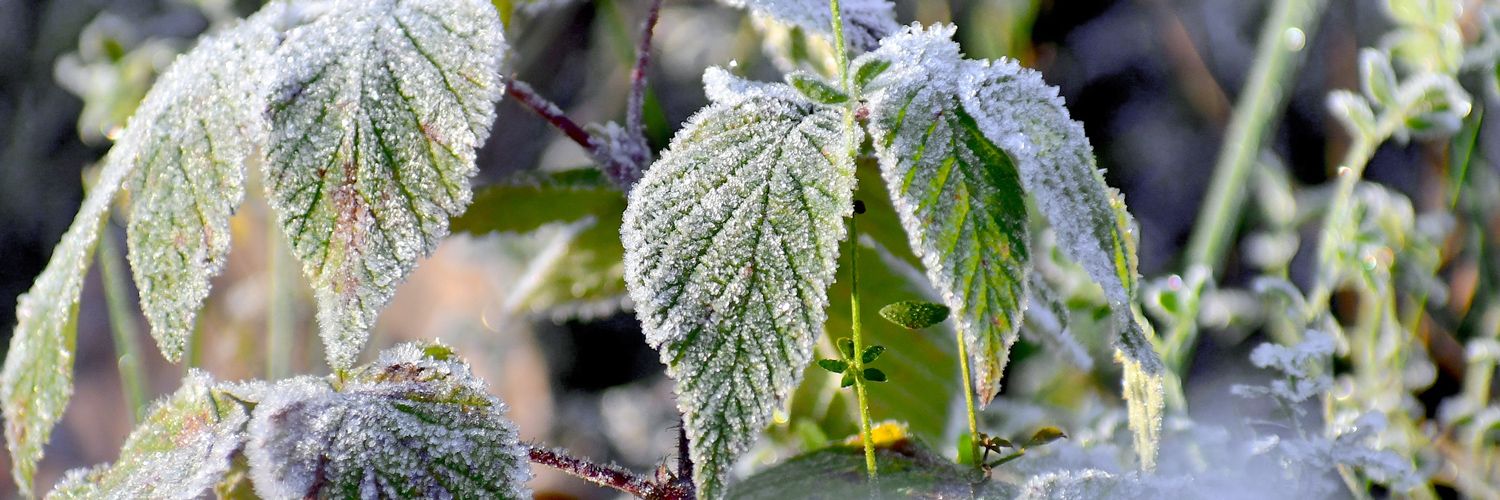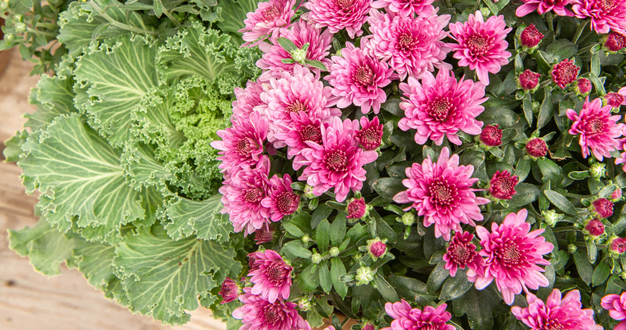
It’s normal for temperatures to fluctuate in the fall, sometimes requiring action to protect vulnerable plants from cold damage. Generally, most annuals, outdoor tropical plants, herbs, vegetables, and some landscape plants are vulnerable to cold damage and should be protected.
Tropical plants like palms, fiddle leaf fig, or bird of paradise, are especially sensitive to cold damage and should be protected when temperatures fall below 50˚F. This also includes any houseplants you may have moved outside.
For other vulnerable plants, even a light frost at temperatures as high as 36˚F can damage top portions of the plant, while lower temperatures, around 32˚F can kill all aboveground parts.
Here we share a few tips to protect your plants from cold spells.
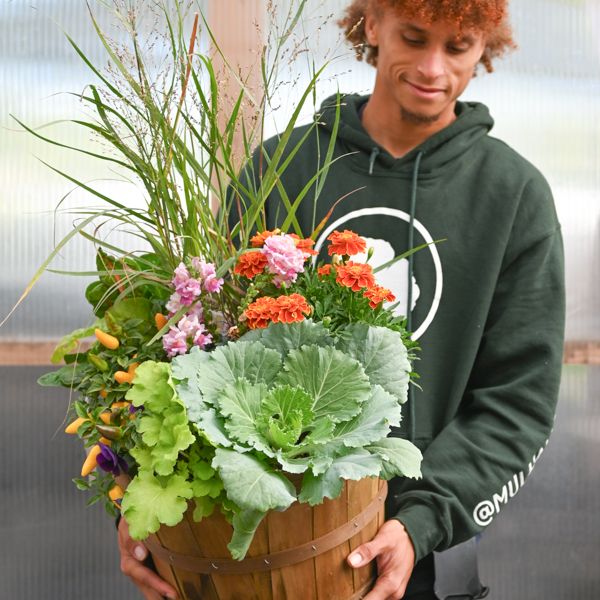
Move Your Containers Indoors
Temporarily moving your planters or small container gardens indoors to a space like a garage or garden shed will provide enough protection when it gets cold. If the lows are near freezing, it’s time for an insulated indoor location.
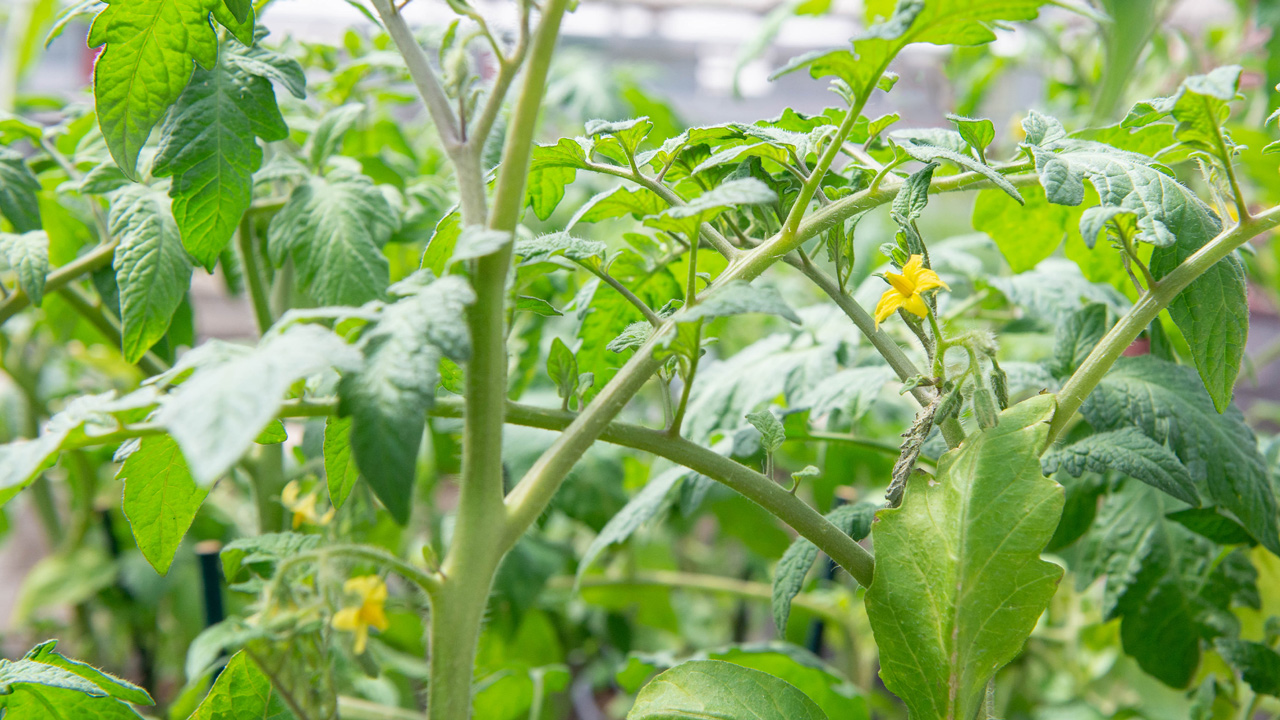
Bring Out the Blankets
For a light freeze, you can easily protect your late vegetable garden and other vulnerable plants by covering them with a sheet or a blanket. This acts like insulation, keeping warm air from the ground around the plant. For more protection, add a layer of plastic on top of the fabric, but never cover a plant with just plastic alone. This can damage the plant. In the morning, be sure to remove the coverings early in the day to prevent condensation from building up and freezing again under the covering.
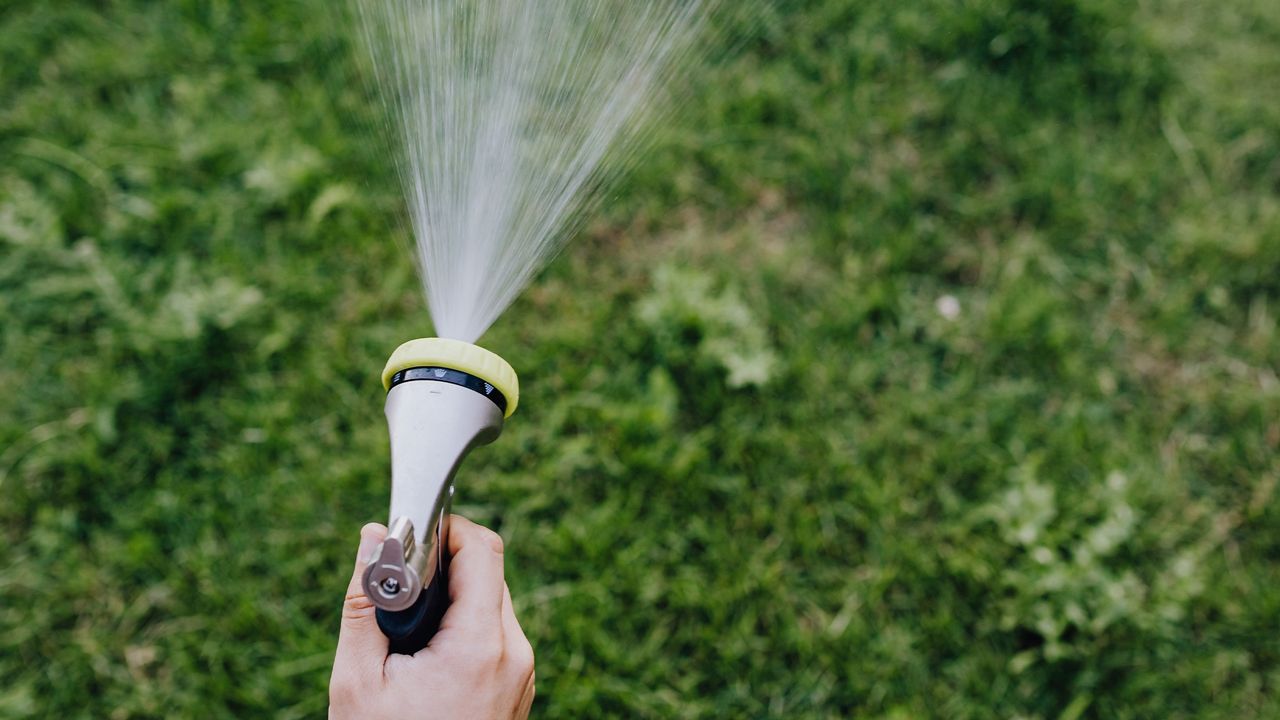
Water Well
Moist soil can hold four times more heat than dry soil. The moisture in the soil will conduct heat to the soil surface, warming the area around your plants as much as 2˚-3˚F.
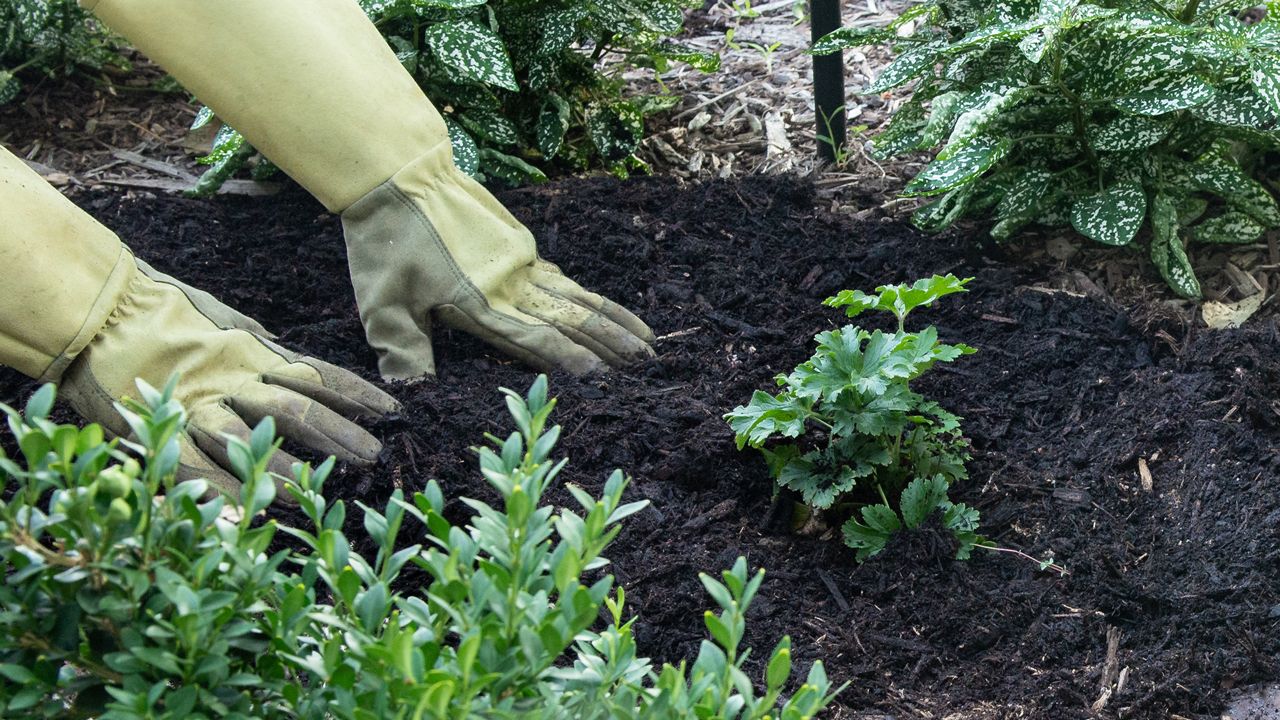
Add Mulch
A thick layer of mulch will help insulate tender plants, so if you haven’t already, mulch your garden beds to a depth of 2-3” or as much as 4” before a frost. Just be sure to keep the mulch pulled back an inch or two from the plant stems to allow proper air circulation and drainage around the plant stems and roots. As the weather warms again, pull away any excess mulch so it’s only a few inches thick for the growing season.
If you have any questions about your garden or how to prepare for an early frost, we’re always here to help! Just give us a call at 402.496.0700 or stop by anytime to talk to our team.

